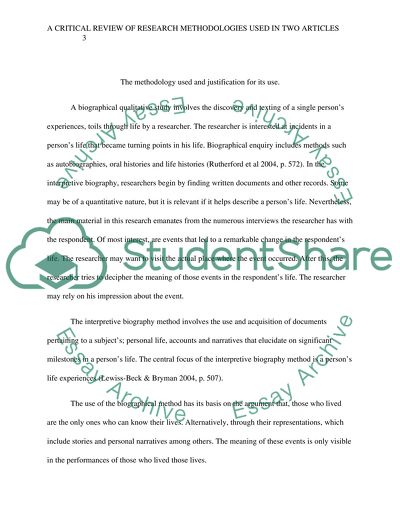Cite this document
(“A Study on the Effect of De-Selection on Elite Youth Footballers Essay”, n.d.)
A Study on the Effect of De-Selection on Elite Youth Footballers Essay. Retrieved from https://studentshare.org/education/1434668-research-applications-in-sports-development-essay
A Study on the Effect of De-Selection on Elite Youth Footballers Essay. Retrieved from https://studentshare.org/education/1434668-research-applications-in-sports-development-essay
(A Study on the Effect of De-Selection on Elite Youth Footballers Essay)
A Study on the Effect of De-Selection on Elite Youth Footballers Essay. https://studentshare.org/education/1434668-research-applications-in-sports-development-essay.
A Study on the Effect of De-Selection on Elite Youth Footballers Essay. https://studentshare.org/education/1434668-research-applications-in-sports-development-essay.
“A Study on the Effect of De-Selection on Elite Youth Footballers Essay”, n.d. https://studentshare.org/education/1434668-research-applications-in-sports-development-essay.


